Once in awhile, one is blessed with the opportunity to do something beneficial for others, but not in the realm of everyday life. Such is the case with Hogar Alegría and me.
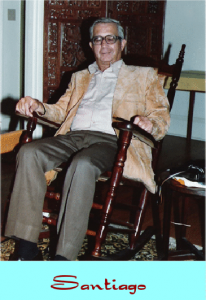
In 1969, my first year as a Peace Corps Volunteer in the Dominican Republic, I met a missionary priest from Belgium named James Meureé , aka Santiago.
He was one of approximately 25 men who worked with parishes in less desireable parts on the Dominican Republic, i.e. the hotter, drier, and generally much poorer regions.
These padres had a center quite close to my village house in the cane fields outside of Santo Domingo, where they could get some R&R and generally just unwind and relax from their 24/7 duties and obligations at their respective sites. I met Santiago here amongst the other padres, each of whom had their own stories and experiences to tell.
Even though my Peace Corps responsibilities were with Savings and Credit Cooperatives, I had the ability and the means to travel throughout the country at the time. So, on one of my journeys to the southwest part of the country, I stopped in Duvergé to visit Santiago and view his environment and work.
Throughout the years that I knew him, I was always impressed with the way that Santiago was able to move through the various facets of his life and work. He was, of course, a Catholic priest, but also an administrator, advisor, idea man, arm-twister – whatever the occasion demanded. When he was transferred to the neighboring town of Neiba, he realized that there was a real need to help those who had nothing; i.e. the old, the infirm, dirt poor with no hope. He had been talking about this need and ways to address it for some time, and finally set things in motion. Even though I left the country in 1971, I stayed in touch with Santiago, and supported his efforts as my spirit and wallet would allow for years to come.
In 1979, he opened “Hogar Alegría,” the first ‘old folks home’ in the southwest part of the country. Most of the initial residents were either from outlying villages or from one of the Bateys, i.e. a sugar cane processing center. Life on a Batey was very difficult in that basic amenities such as running water, plumbing, electricity, etc. were either non-existent or sporadic at best. Almost all of the people in the Batey were cane cutters from Haiti, and therefore second class citizens, and quite forgotten by the rest of society.
On one occasion I accompanied Santiago to a Batey to pick up an elderly woman who was in poor health, had no family to take care of her and, like so many others in her predicament, would have died alone. Also, her eyesight was failing because of the constant irritation of smoke from a primitive cooking fire in the middle of her dirt-floor hovel. So, for her to now have an opportunity for nutritious food, to experience a bed sheet for the first time, and to have people around her that truly cared for her – this was something she had never imagined possible. After arriving at Hogar Alegria, and experiencing the most basic of human comforts, she was truly grateful and became a productive and positive resident in her remaining days.
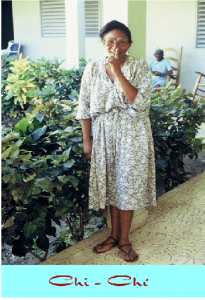 One interesting sidelight to the Hogar story was that of Maria, otherwise known as Chi-Chí. She was a young girl, about ten years old, when Santiago first encountered her. Chi-Chi was walking down the road from her village to the school, which was about three miles away, carrying not only her school items but her shoes as well. (Being the only pair of shoes that she owned, they were only used after arriving at school.) Santiago gave her a ride, and thus began his years of assisting and supporting her; extending through primary school to high school and then onto university and medical school. For a village girl to have even a few years of schooling was rare, and for her to achieve what she did was truly extraordinary.
One interesting sidelight to the Hogar story was that of Maria, otherwise known as Chi-Chí. She was a young girl, about ten years old, when Santiago first encountered her. Chi-Chi was walking down the road from her village to the school, which was about three miles away, carrying not only her school items but her shoes as well. (Being the only pair of shoes that she owned, they were only used after arriving at school.) Santiago gave her a ride, and thus began his years of assisting and supporting her; extending through primary school to high school and then onto university and medical school. For a village girl to have even a few years of schooling was rare, and for her to achieve what she did was truly extraordinary.
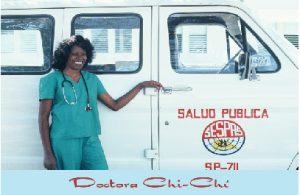 At the end of her studies, she came back to Neiba and worked as the official Doctora for Hogar. Initially, the idea of being able to offer any kind of medical care on the premises was not considered, due to financial and personnel limitations. But with the return of Chi-Chi and a timely dollar donation, the residents were able to receive some medical care. For many of them, it was for the first time in their lives. Chi-Chi has, of course, moved on, but the need for some minimal level of medical care remains.
At the end of her studies, she came back to Neiba and worked as the official Doctora for Hogar. Initially, the idea of being able to offer any kind of medical care on the premises was not considered, due to financial and personnel limitations. But with the return of Chi-Chi and a timely dollar donation, the residents were able to receive some medical care. For many of them, it was for the first time in their lives. Chi-Chi has, of course, moved on, but the need for some minimal level of medical care remains.
One other apsect of Hogar Alegría was the goal of being self-sufficient. Everyone from staff to resident could contribute something, and for those needs not met by the people within Hogar, townfolk were hired to at least launch a project, and be available for any follow-up needs.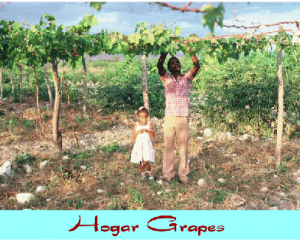
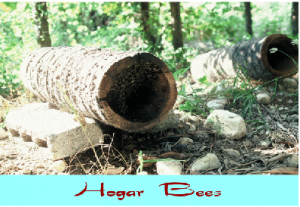
Hopefully you are getting a good idea as to the setting and the work of Hogar Alegría. Some of the accompanying photos were taken in the ’80s and some others more recently. They offer a glimpse of the environment and some of the people, both administrative staff and residents, who have been a part of the history of Hogar Alegría. And now, many of us can be a part of its continuing story.
